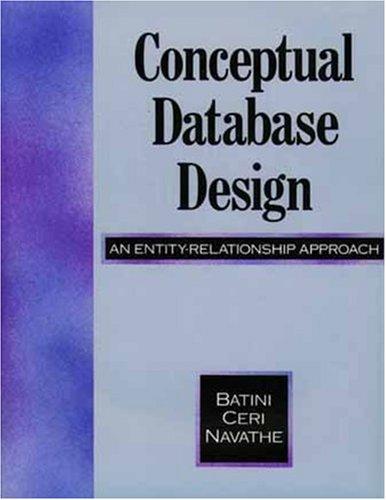Question
Q-1 Build a CNN Classification model using Keras library . 1. Data set - CIFAR-10 /Dogs and Cats 2. No Of Layers = 2 3.
Q-1 Build a CNN Classification model using Keras library . 1. Data set - CIFAR-10 /Dogs and Cats 2. No Of Layers = 2 3. For each layer apply 32 convolution filter of size 33 4. apply Maxpool operation after each layer (pool size=22) 5. apply Relu activation function 6. apply optimizer ,loss function adam and binary crossentropy respectively
The following implementation takes the entire dataset and as stated in the question we need dogs and cats-
# test harness for evaluating models on the cifar10 dataset import sys from matplotlib import pyplot from keras.datasets import cifar10 from keras.utils import to_categorical from keras.models import Sequential from keras.layers import Conv2D from keras.layers import MaxPooling2D from keras.layers import Dense from keras.layers import Flatten from keras.optimizers import SGD
# load train and test dataset def load_dataset(): # load dataset (trainX, trainY), (testX, testY) = cifar10.load_data() # one hot encode target values trainY = to_categorical(trainY) testY = to_categorical(testY) return trainX, trainY, testX, testY
# scale pixels def prep_pixels(train, test): # convert from integers to floats train_norm = train.astype('float32') test_norm = test.astype('float32') # normalize to range 0-1 train_norm = train_norm / 255.0 test_norm = test_norm / 255.0 # return normalized images return train_norm, test_norm
# define cnn model def define_model(): model = Sequential() model.add(Conv2D(32, (3, 3), activation='relu', kernel_initializer='he_uniform', padding='same', input_shape=(32, 32, 3))) model.add(MaxPooling2D((2, 2))) model.add(Conv2D(32, (3, 3), activation='relu', kernel_initializer='he_uniform', padding='same')) model.add(MaxPooling2D((2, 2))) model.add(Flatten()) model.add(Dense(128, activation='relu', kernel_initializer='he_uniform')) model.add(Dense(10, activation='relu')) model.compile(optimizer='adam', loss='binary_crossentropy', metrics=['accuracy']) return model
# plot diagnostic learning curves def summarize_diagnostics(history): # plot loss pyplot.subplot(211) pyplot.title('Cross Entropy Loss') pyplot.plot(history.history['loss'], color='blue', label='train') pyplot.plot(history.history['val_loss'], color='orange', label='test') # plot accuracy pyplot.subplot(212) pyplot.title('Classification Accuracy') pyplot.plot(history.history['accuracy'], color='blue', label='train') pyplot.plot(history.history['val_accuracy'], color='orange', label='test') # save plot to file filename = sys.argv[0].split('/')[-1] pyplot.savefig(filename + '_plot.png') pyplot.close()
# run the test harness for evaluating a model def run_test_harness(): # load dataset trainX, trainY, testX, testY = load_dataset() # prepare pixel data trainX, testX = prep_pixels(trainX, testX) # define model model = define_model() # fit model history = model.fit(trainX, trainY, epochs=10, batch_size=64, validation_data=(testX, testY), verbose=0) # evaluate model _, acc = model.evaluate(testX, testY, verbose=0) print('> %.3f' % (acc * 100.0)) # learning curves summarize_diagnostics(history)
# entry point, run the test harness run_test_harness()
Step by Step Solution
There are 3 Steps involved in it
Step: 1

Get Instant Access to Expert-Tailored Solutions
See step-by-step solutions with expert insights and AI powered tools for academic success
Step: 2

Step: 3

Ace Your Homework with AI
Get the answers you need in no time with our AI-driven, step-by-step assistance
Get Started


